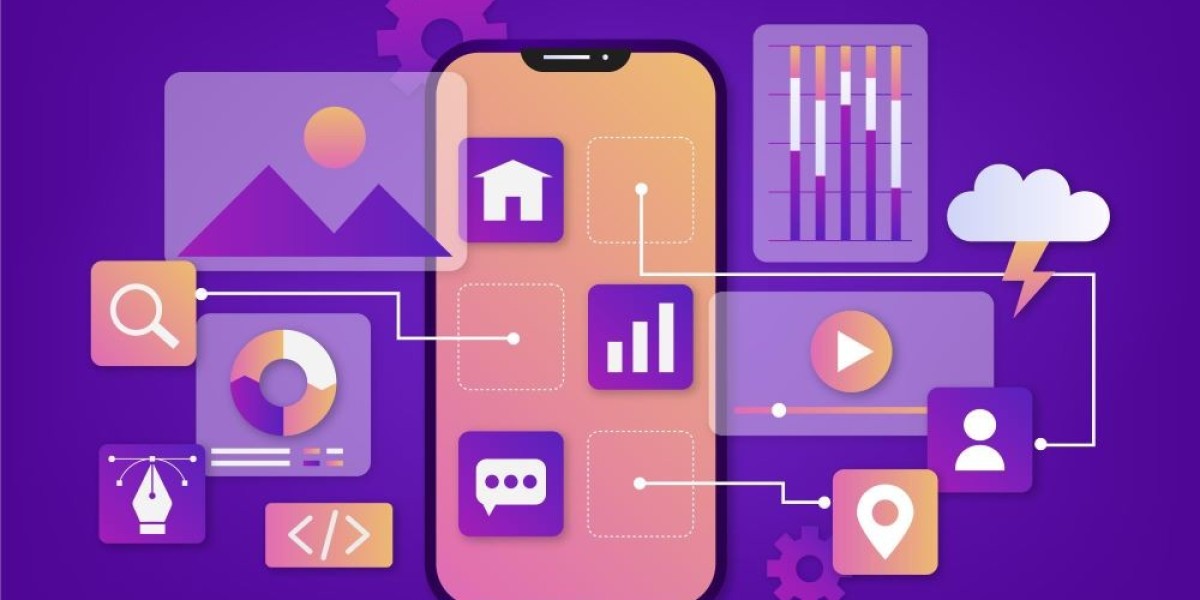In the dynamic landscape of mobile app development, creating a successful iPhone app involves a multitude of factors, from functionality to aesthetics. Among these crucial elements, User Experience (UX) design stands out as a cornerstone. It's not merely about making an app look good; it's about crafting an intuitive and delightful journey for users. In the realm of iOS app development, the significance of UX design cannot be overstated, as it directly influences not only user satisfaction but also the costs associated with development. This article delves into the intricacies of UX design and its impact on the expenses of developing iPhone apps.
The Essence of iPhone App Development
Apple's iOS ecosystem is renowned for its seamless user experience and high-quality apps. With millions of users worldwide, iOS presents a lucrative market for developers. However, to succeed in this competitive arena, developers must prioritize not only functionality but also the overall user experience.
iPhone app development encompasses various stages, including ideation, design, development, testing, and deployment. Each phase requires meticulous attention to detail to ensure the final product aligns with user expectations and Apple's stringent guidelines.
The Role of User Experience (UX) Design
UX design revolves around creating meaningful and enjoyable interactions between users and digital products. It encompasses everything from user interface (UI) design to usability testing, with the ultimate goal of enhancing user satisfaction and loyalty.
In the context of iPhone app development, effective UX design goes beyond aesthetic appeal. It involves understanding user behavior, preferences, and pain points to design intuitive interfaces and smooth navigation flows. A well-designed UX not only attracts users but also retains them, driving engagement and fostering brand loyalty.
Impact of UX Design on Development Costs
While prioritizing UX design may seem like an additional expense, it is, in fact, a strategic investment that can yield substantial returns in the long run. Here's how UX design influences iPhone app development costs:
1. Initial Investment:
Investing in UX design from the outset of the development process may require allocating resources for user research, prototyping, and iterative testing. While this incurs upfront costs, it lays the foundation for a successful app that resonates with users, ultimately reducing the need for costly redesigns or fixes post-launch.
2. Iterative Development:
Iterative development, a core principle of UX design, involves continuously refining and improving the app based on user feedback and testing results. While this approach may prolong the development timeline, it ensures that the final product meets user expectations and performs optimally, thus mitigating the risk of costly reworks or updates down the line.
3. Reduced Support and Maintenance Costs:
A well-designed app with a seamless user experience is less likely to encounter usability issues or user complaints post-launch. This translates to lower support and maintenance costs, as there is reduced demand for troubleshooting or fixing usability-related issues.
4. Competitive Advantage:
In the highly competitive landscape of the App Store, apps with superior UX design stand out amidst the crowd. By prioritizing UX, developers can differentiate their app from competitors, attract more users, and potentially command premium pricing, thereby maximizing revenue potential.
5. Long-term Value:
The value of UX design extends beyond the initial development phase. A positive user experience fosters customer satisfaction, retention, and advocacy, driving long-term success and profitability. Users who enjoy using an app are more likely to recommend it to others, leading to organic growth and sustained revenue generation.
Strategies to Optimize UX Design and Minimize Costs
While investing in UX design is essential for iPhone app success, there are several strategies developers can employ to optimize UX design while minimizing costs:
1. Conduct Comprehensive User Research:
Understanding your target audience's needs, preferences, and pain points is critical for effective UX design. Conducting thorough user research upfront enables developers to identify design requirements and prioritize features that deliver maximum value to users, thereby reducing the risk of costly design changes later in the development process.
2. Embrace Prototyping and Iterative Testing:
Prototyping allows developers to visualize and test app concepts before committing to full-scale development. By gathering feedback early and iterating based on user input, developers can identify and address usability issues proactively, ultimately saving time and resources in the long run.
3. Leverage Design Patterns and Guidelines:
Apple provides comprehensive design guidelines and UI components through its Human Interface Guidelines (HIG). Adhering to these standards not only ensures consistency and familiarity for users but also streamlines the design and development process, reducing the need for custom solutions and minimizing associated costs.
4. Prioritize Core Features:
Incorporating too many features into an app can overwhelm users and dilute the overall user experience. By prioritizing core features that align with user needs and goals, developers can focus their resources on delivering essential functionality effectively, avoiding unnecessary complexity and development overhead.
5. Invest in Usability Testing:
Usability testing involves evaluating the app's usability and user experience through real-world scenarios and user feedback. By identifying usability issues early and iteratively refining the app based on user input, developers can ensure that the final product meets user expectations and minimizes the risk of costly redesigns or usability-related issues post-launch.
Conclusion
In the realm of iPhone app development, User Experience (UX) design plays a pivotal role in shaping the success and cost-effectiveness of apps. By prioritizing UX design from the outset and employing strategies to optimize design while minimizing costs, developers can create compelling apps that resonate with users, drive engagement, and maximize long-term value. While investing in UX design may require upfront resources, the dividends it pays in terms of user satisfaction, retention, and profitability make it a strategic imperative for developers aiming to thrive in the competitive landscape of the App Store.








